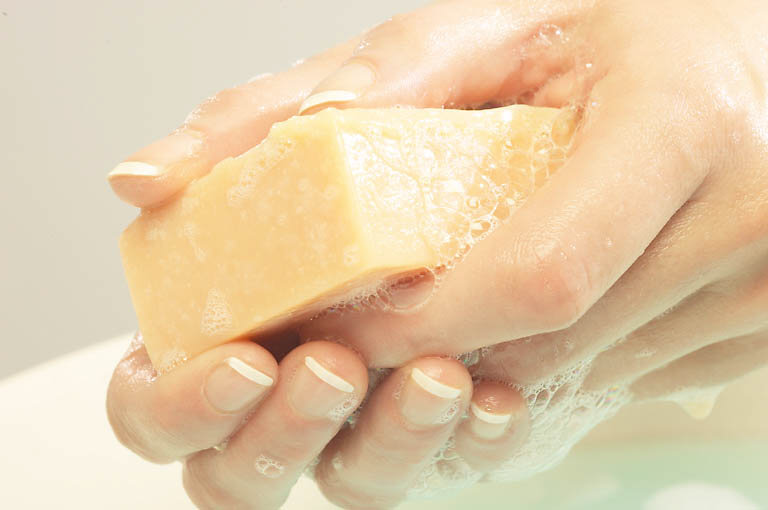I have been wondering... um.... so 405nm is shorter in wavelength and it's near UV, so does that mean it can kill more germs and virus when compare to other wavelength of the same power?
If it can... do you guys know how much wm in power it takes to kill some germs? I tested the 600mw, I found it's quite strong when compare to some UV lights... I got one of those glasses that will react to UV light when it's under the sun.... that glasses's lens turn dark in like 2 sec... while it take about 10 seconds or so under strong sun light.
If it can even kill germs and virus... I/we have another reasons to tell our wives/girlfriend why we need the laser ... "Hey look, I bought this thing because we can uses it to kill the germs off toilet, sink, floor, kitchen knives, cutting boards...
Um... I think UV can also de-oder too... (or at least the sunlight can) I wonder if 405nm can do that or not.
Anyone have any ideas
If it can... do you guys know how much wm in power it takes to kill some germs? I tested the 600mw, I found it's quite strong when compare to some UV lights... I got one of those glasses that will react to UV light when it's under the sun.... that glasses's lens turn dark in like 2 sec... while it take about 10 seconds or so under strong sun light.
If it can even kill germs and virus... I/we have another reasons to tell our wives/girlfriend why we need the laser ... "Hey look, I bought this thing because we can uses it to kill the germs off toilet, sink, floor, kitchen knives, cutting boards...
Um... I think UV can also de-oder too... (or at least the sunlight can) I wonder if 405nm can do that or not.
Anyone have any ideas




